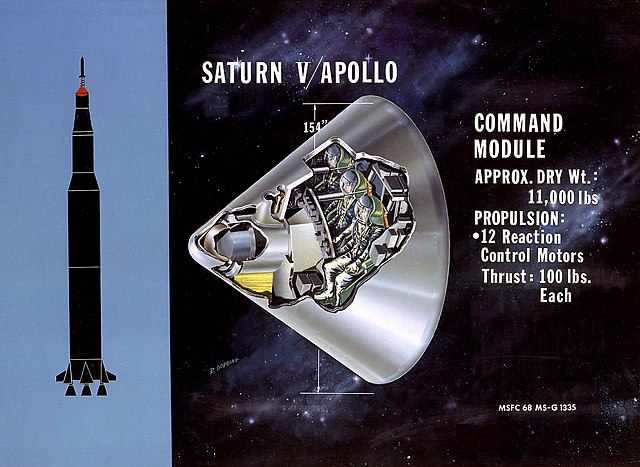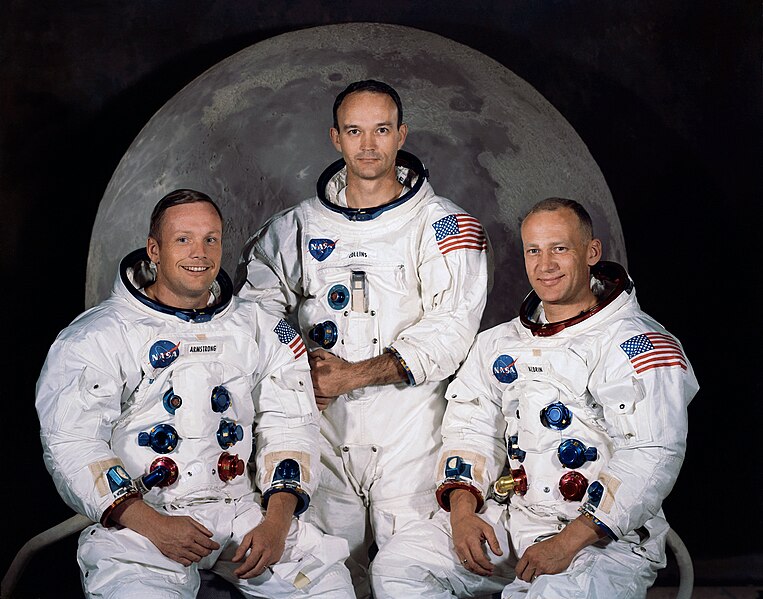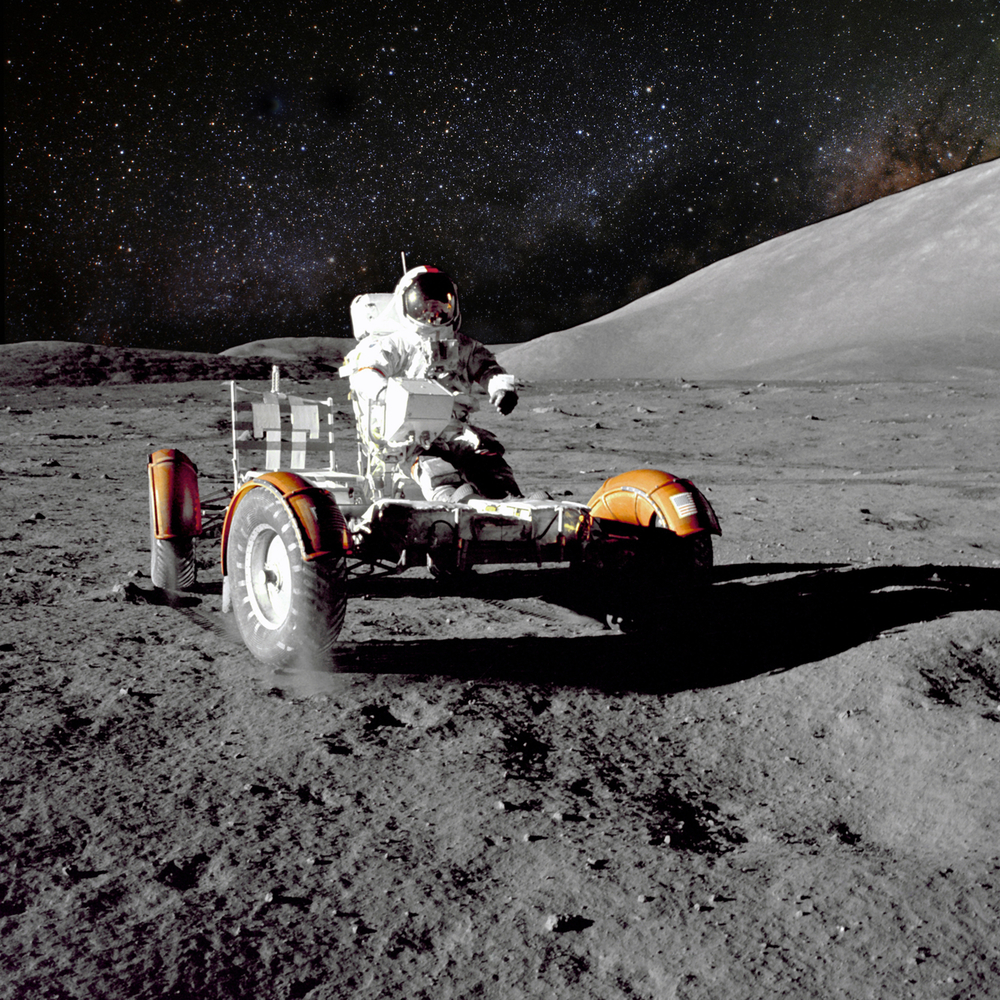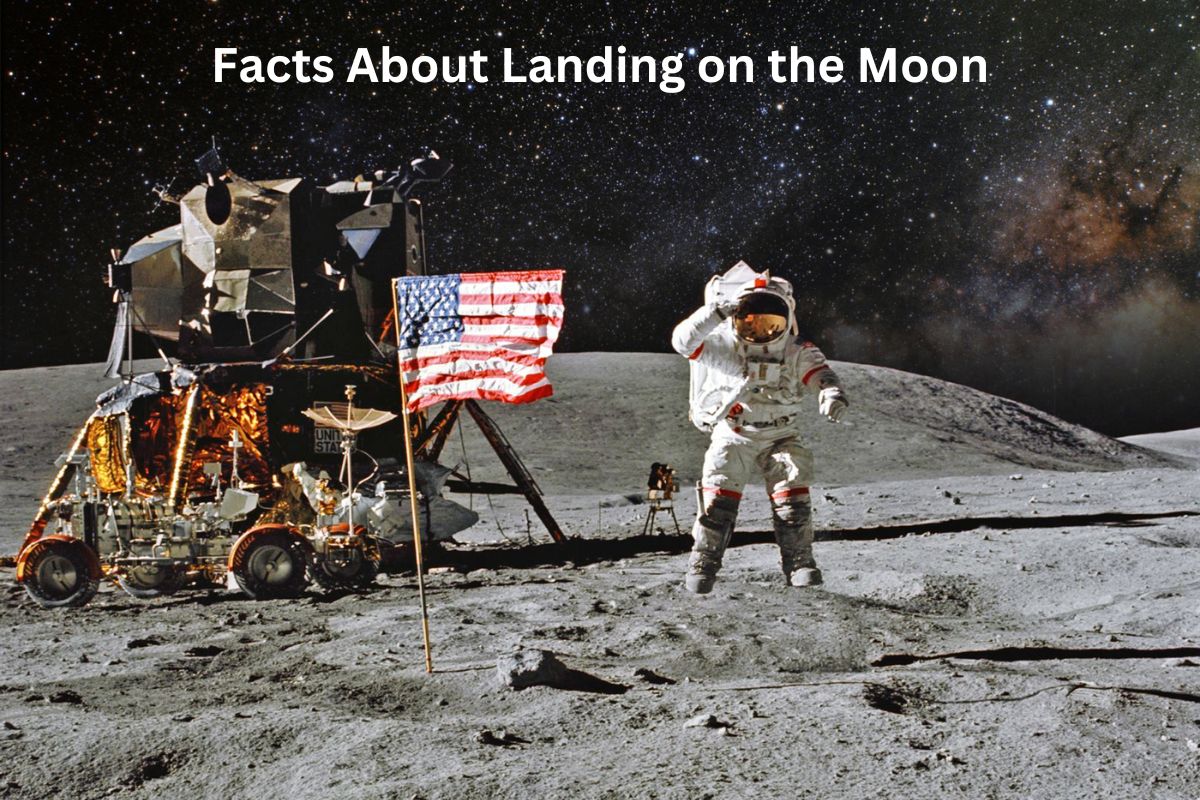Landing on the Moon in 1969 with Apollo 11 was a historic milestone as Neil Armstrong and Buzz Aldrin became the first humans on the lunar surface.
The Lunar Module, known as “Eagle,” played a vital role in this achievement. Armstrong’s famous words, “That’s one small step for man, one giant leap for mankind,” echoed the significance of the event.
Twelve astronauts explored the Moon during six Apollo missions, collecting valuable samples and contributing to lunar science. The Moon’s lower gravity allowed for unique mobility and presented new challenges.
Despite the conclusion of the Apollo program in 1972, renewed interest in lunar exploration has emerged with NASA’s Artemis program, aiming to return humans to the Moon, including the first woman and the next man, by the mid-2020s.
Moon Landing Facts
1. First Moon landing: Apollo 11 in 1969
Apollo 11, a historic mission conducted by NASA, marked the first successful human landing on the Moon. It took place on July 20, 1969, during the era of the Apollo program.
The spacecraft was launched from Earth on July 16, 1969, and it consisted of three parts:
- The Command Module (CM)
- The Service Module (SM)
- The Lunar Module (LM)
The LM, named “Eagle,” was responsible for carrying astronauts Neil Armstrong and Buzz Aldrin to the lunar surface while Michael Collins remained in lunar orbit aboard the CM.

2. Lunar Module used for landing
The Lunar Module (LM) was a specialized spacecraft designed for the purpose of landing on the Moon. It had two main components: the descent stage and the ascent stage.
Also Read: Apollo 13 Facts
The descent stage provided the thrust needed to safely land on the lunar surface, while the ascent stage was used to return to the Command Module in lunar orbit after the lunar activities were completed.
During the Apollo 11 mission, the LM was named “Eagle” by the astronauts. Once on the Moon, the LM’s legs made contact with the lunar surface, allowing the astronauts to exit and explore.
3. Neil Armstrong’s famous words
Neil Armstrong, the commander of Apollo 11, delivered some of the most iconic words in human history upon becoming the first person to step onto the lunar surface.
As he descended the LM’s ladder and set foot on the Moon, he declared, “That’s one small step for man, one giant leap for mankind.”
Also Read: Apollo 11 Timeline
Armstrong’s words conveyed the profound significance of the moment, emphasizing how this achievement was not just a personal step but a monumental leap forward for all of humanity.
These words have become synonymous with the Apollo 11 mission and are remembered as a testament to human exploration and achievement in space.

4. Twelve astronauts walked on the Moon
Between 1969 and 1972, a total of twelve astronauts from six different Apollo missions had the opportunity to walk on the Moon’s surface. These astronauts were pioneers in lunar exploration and made significant contributions to our understanding of our celestial neighbor.
The list of Moonwalkers includes:
- Neil Armstrong, Buzz Aldrin (Apollo 11)
- Charles Conrad, Alan Bean (Apollo 12)
- Alan Shepard, Edgar Mitchell (Apollo 14)
- David Scott, James Irwin (Apollo 15)
- John Young, Charles Duke (Apollo 16)
- Eugene Cernan, Harrison Schmitt (Apollo 17)
Eugene Cernan, the commander of Apollo 17, holds the distinction of being the last person to walk on the Moon.
5. Moon’s gravity is 1/6th of Earth’s
The Moon’s gravitational force is much weaker than Earth’s, approximately 1/6th or about 16.6% of Earth’s gravity.
This reduced gravity on the Moon allows astronauts to experience lighter weight and makes moving and maneuvering on the lunar surface quite different from Earth.
Astronauts can take long, graceful leaps, and heavy objects feel much lighter. This lower gravity is a result of the Moon’s smaller mass compared to Earth.
6. Different landing sites for Apollo missions
Each of the six Apollo missions that landed on the Moon selected specific landing sites for scientific and exploratory purposes. These landing sites were chosen to provide a diverse range of geological features and regions for study.
For example, Apollo 11’s landing site was in the Sea of Tranquility, known for its relatively smooth terrain. In contrast, Apollo 17’s landing site was in the Taurus-Littrow Valley, a region with more rugged terrain and the presence of the lunar highlands.
The selection of different landing sites allowed scientists and astronauts to gather a wide variety of lunar samples and data, contributing significantly to our understanding of the Moon’s history and composition.

7. Use of lunar rovers in later missions
During the later Apollo missions (Apollo 15, 16, and 17), astronauts utilized lunar rovers, often referred to as “Moon buggies,” to explore the Moon’s surface more extensively.
These electric-powered vehicles allowed astronauts to cover greater distances, conduct experiments, and collect samples from various locations on the lunar surface. The lunar rover was folded and stored in the Lunar Module’s descent stage, and astronauts assembled it upon landing.
8. Over 800 pounds of Moon rocks collected
Over the course of the Apollo space program, astronauts collected a total of approximately 382 kilograms (842 pounds) of lunar rocks, soil, and core samples from the Moon’s surface.
These samples provided valuable insights into the Moon’s composition, geology, and history. Scientists continue to study these lunar materials, and they have contributed to our understanding of the Moon’s formation, the history of impacts, and the evolution of the lunar surface.
9. No human landings on the Moon since 1972
The Apollo program concluded with the Apollo 17 mission in December 1972. Since then, no humans have landed on the Moon’s surface.
However, there have been numerous robotic missions, including orbiters, landers, and rovers, sent by various space agencies and countries to explore and study the Moon.
Interest in lunar exploration has been renewed in recent years, with plans and missions being developed for future human lunar landings.
10. NASA’s Artemis program for future lunar exploration
NASA’s Artemis program is a planned series of lunar missions aimed at returning humans to the Moon. The program is part of a broader effort to establish a sustainable human presence on the Moon and eventually send astronauts to Mars.
Artemis aims to land “the first woman and the next man” on the lunar surface, with the goal of achieving this by the mid-2020s.
The program also envisions establishing a lunar gateway, which will serve as an orbiting platform for scientific research and as a staging point for lunar missions, and developing the technology and infrastructure necessary for long-term lunar exploration.
